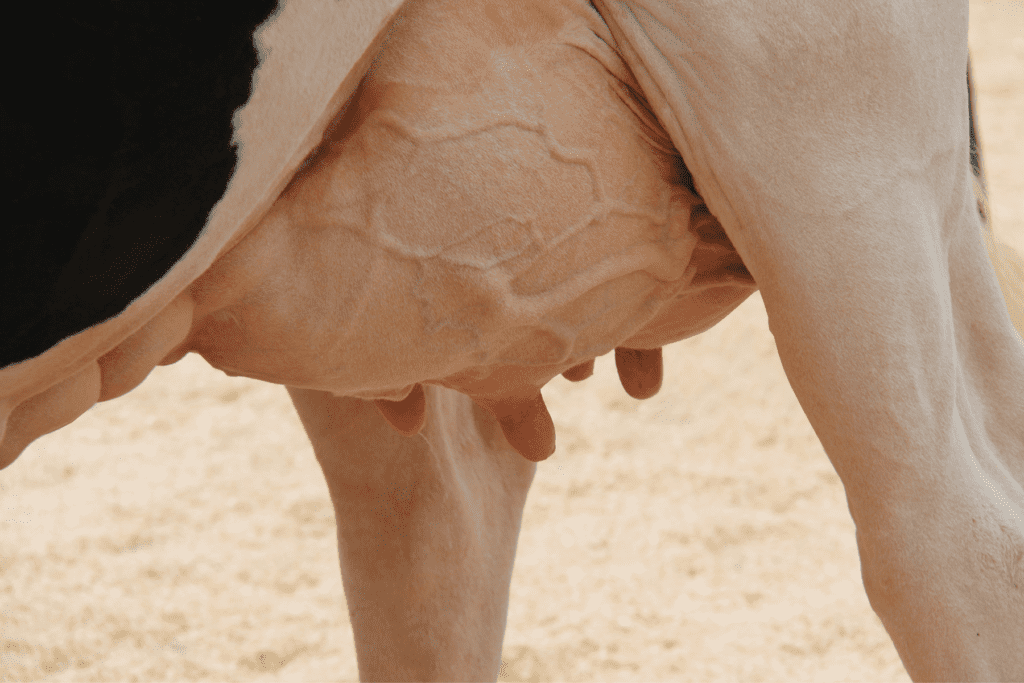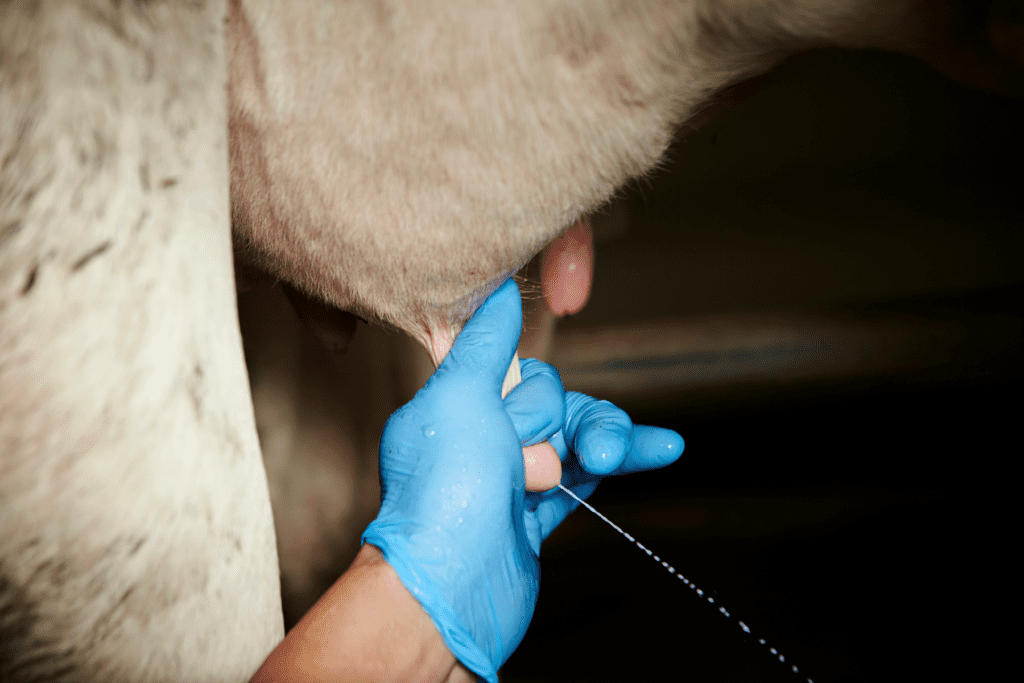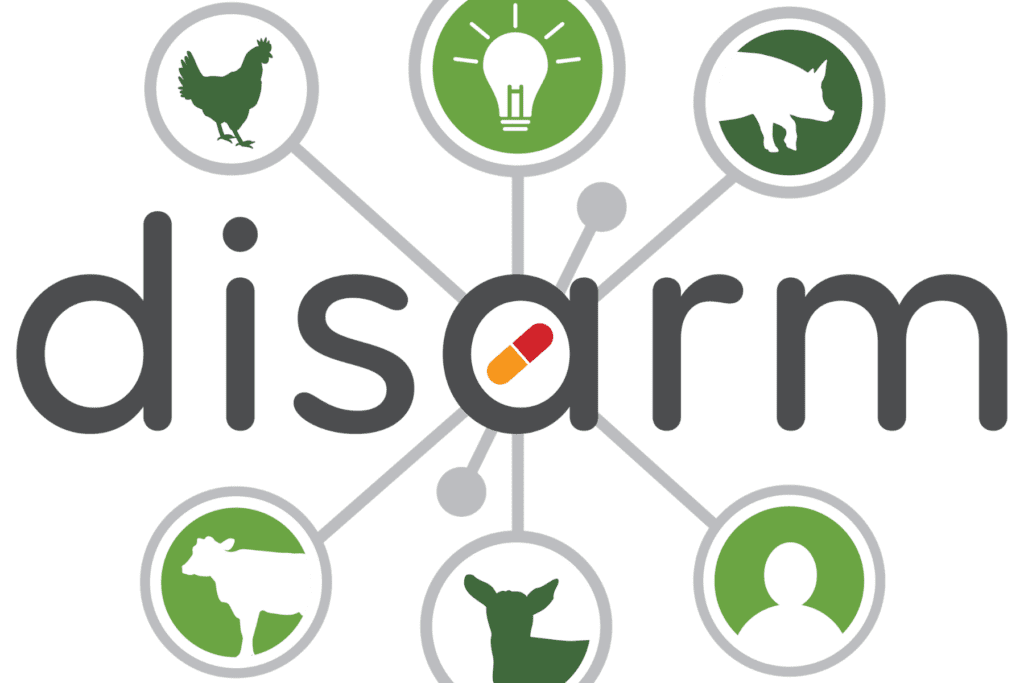Animal Health scientist are making significant progress on mastitis management, which is responsible for up to 85% of the antimicrobials used in the dairy sector, according to the International Dairy Federation (IDF).
The IDF’s annual Animal Health Report includes updates on latest research developments and has revealed that most IDF member countries reported a large reduction in rate of clinical mastitis over the last ten years, of which, Staphylococcus aureus remains the main responsible.
Scientist investigating the microorganisms responsible for mastitis have reported that there is no apparent emergence or progression of resistance to the most commonly used antimicrobials for treating bovine mastitis by S. aureus. Yet, these studies need to be extended to other bovine mastitis pathogens.
The author of the analysis, Dr Olav Østerås, Chair of the Standing Committee on Animal Health and Welfare, and Dr María Sánchez Mainar of the IDF, say that implementing selective dry-cow therapy is the way forward. The mindset of farmers and veterinarians and their attitude towards reduction of antimicrobial use is crucial for successful implementation of selective therapy at dry-off.
Dr Sánchez Mainar said: “The elimination of an antibiotic shield does not necessarily have to result in a higher rate of new intramammary infections. By modifying the known risk factors and by optimising herd management, risk levels can be equally low as when prophylactic antimicrobials are used.”
The World Organization of Animal Health (OIE) is collecting data on the use of antibiotics in animals and has proposed the use of animal biomass as denominator for easier comparisons of antimicrobial consumption patterns between regions and countries.
One IDF action team is currently working on improving the detection of intramammary infections, both clinical and subclinical, with sensor systems, and aims at providing guidelines for potential interventions to the farmer.
The full publication on animal health can be accessed here.















